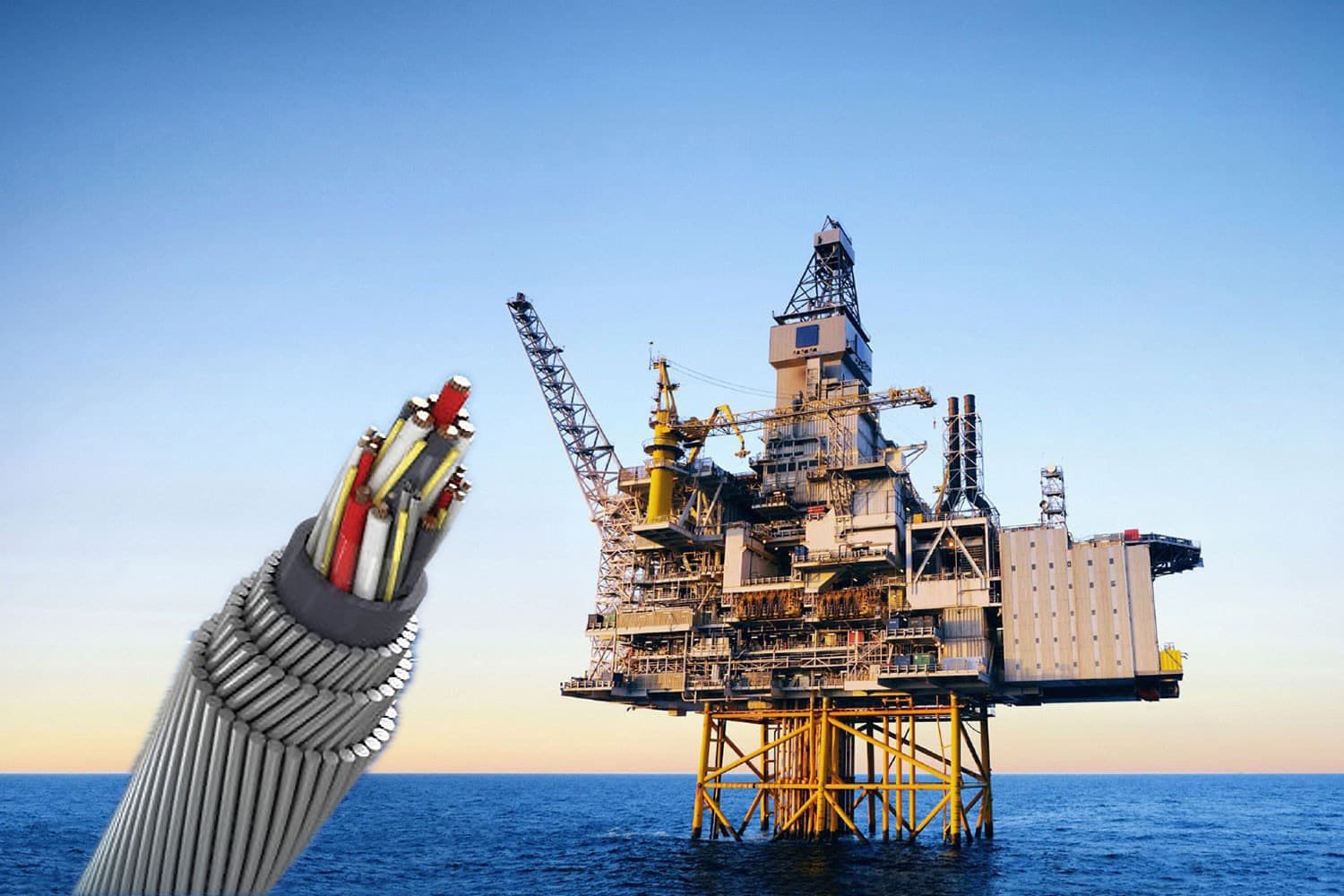
Seismic cables are vital tools used in geophysical exploration to detect and understand the Earth's structure. These cables consist of a bundle of sensors that capture data on vibrations caused by earthquakes or man-made sources. This information is then used to create detailed images of the subsurface, helping geoscientists and engineers make informed decisions about resource exploration and extraction, environmental monitoring, and hazard mitigation.
At the heart of every seismic cable lies advanced sensing technology that allows for highly accurate and precise data capture. These sensors are typically housed in a protective casing, ensuring they remain functional and secure during installation and operation. With the ability to detect even the slightest vibrations, seismic cables provide an unparalleled level of insight into the Earth's structure and behavior.
Seismic cables have a wide range of applications, from oil and gas exploration to earthquake monitoring and geohazard assessment. They are also used in civil engineering projects to evaluate the stability of structures such as dams, bridges, and tunnels. With advances in technology and data analytics, seismic cables are becoming increasingly important tools in answering some of the most pressing questions about our planet's geology and environment.
Whether you are a geoscientist, engineer, or researcher, seismic cables are an indispensable tool in your toolkit. With their ability to capture detailed data on seismic activity, these cables provide a window into the Earth's structure and behavior that is unmatched by any other technology. So if you want to explore the subsurface, understand the environment, or mitigate hazards, seismic cables are the way to go.
Сейсмостойкие операции Оборудование подводной протяжки кабеля включает в себя упругую секцию кабеля, рабочий трос, носитель, распорный канат, вспомогательную плавучесть и т. д., и каждое оборудование соединено друг с другом, протаскивая на задней части корабль, тянущийся за кормой корабля.
Режим буксировки при морских сейсморазведочных работах определяет силовое соотношение между вводными тросами, дефлекторами и соединяющими их канатами (ответвлениями).
Нейтрально плавучие тросы Tether приобретают плавучесть благодаря материалам оболочки из терморезины (TPR), которые чрезвычайно гибки и обладают хорошей механической прочностью. Вспененный полиуретан (ExPU) дает чрезвычайно низкий удельный вес компаундов наполнителя и оболочки. Тонкостенные изолированные проводники также способствуют уменьшению веса и диаметра. Также можно использовать проводники из сплава с медным покрытием. Мы можем предложить короткие прототипы, чтобы компании могли провести пробный запуск.
Сделайте запрос немедленно!
Решения для электрических и оптических кабелей для всех отраслей промышленности
Фейсбук LinkedIn
